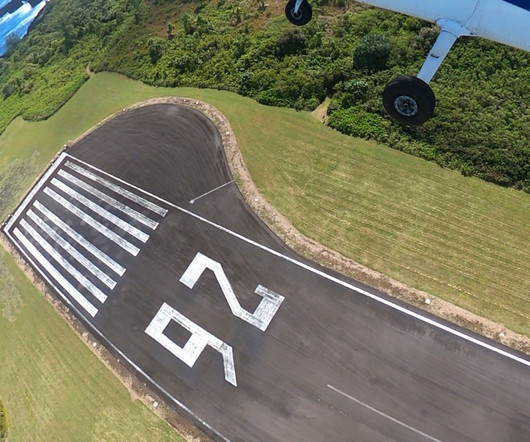Drone Lingo Simplified: Acronyms Every Pilot Needs To Know
Pilot Institute
MARCH 6, 2025
FAA Federal Aviation Administration The FAA is the US federal government agency in charge of aviation standards, air traffic control, airspace safety, and the certification of personnel and aircraft. Then that is BVLOS, even if the drone is just 100 feet away. The list of accepted MOCs is available at the FAA website.











Let's personalize your content